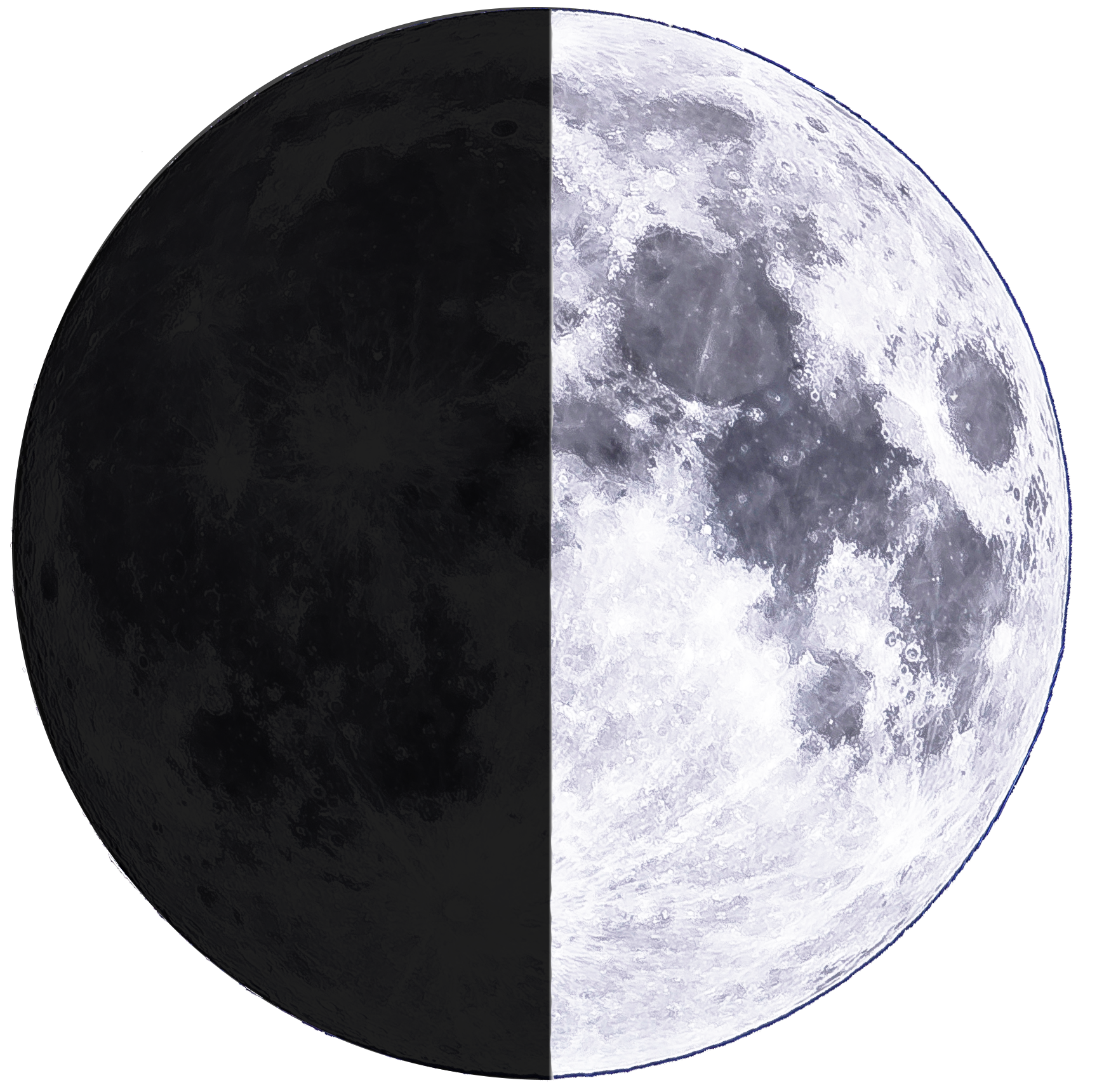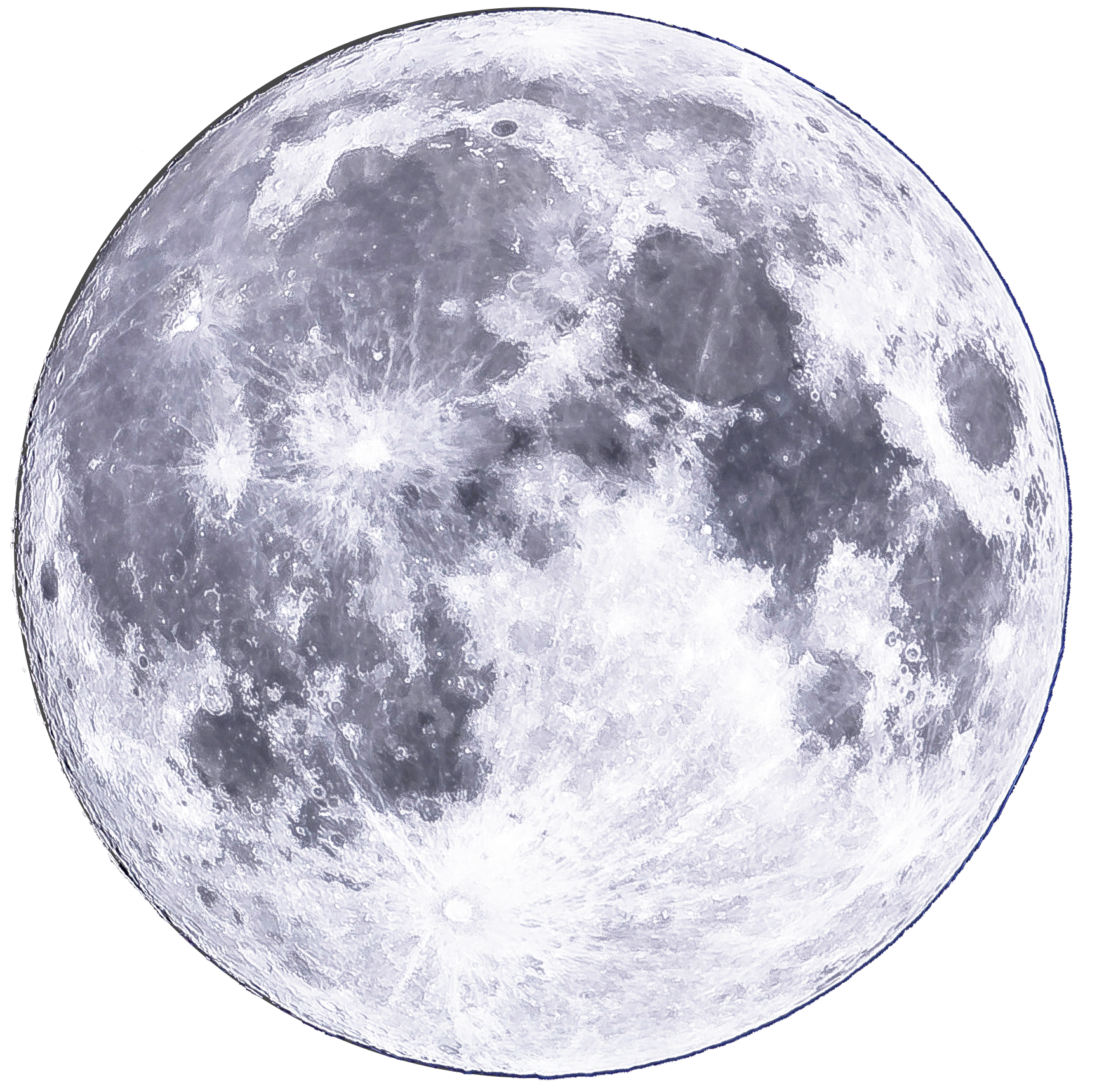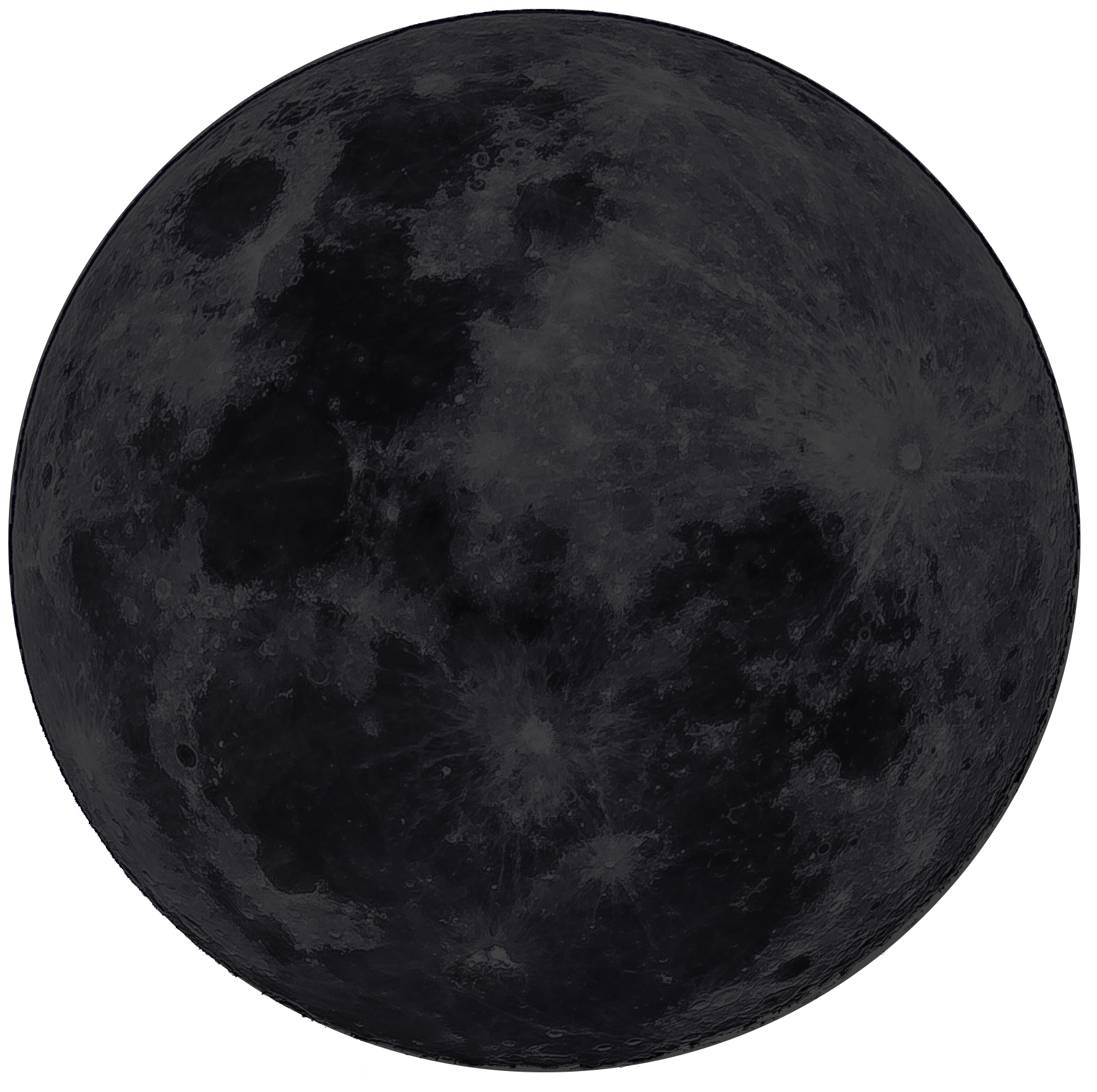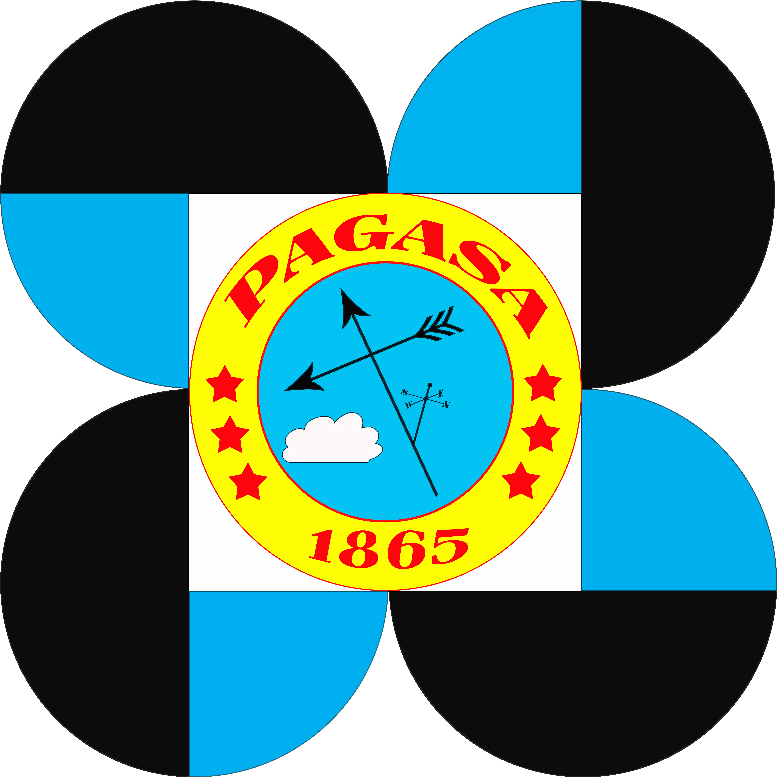| Date | Event | Time |
|---|---|---|
| 02 | Moon at Apogee (Distance = 404,090.282 km) | 04:36 a.m. |
| 10 | Planetary Alignment of Saturn, Neptune, Uranus, Jupiter, Venus, and Mercury | --- |
| 12 | Close approach of the Waning Gibbous Moon and Saturn | 08:01 p.m. |
| 12 | Conjunction of the Waning Gibbous Moon and Saturn | 11:18 p.m. |
| 12 | Perseid meteor shower (ZHR = 150) | --- |
| 15 | Moon at Perigee (Distance = 369,321.514 km) | 01:59 a.m. |
| 17 | κ-Cygnid meteor shower (ZHR = 3) | --- |
| 19 | Mercury at highest altitude in morning sky | --- |
| 19 | Mercury at greatest elongation west | 05:48 p.m. |
| 20 | Conjunction of the Waning Crescent Moon and Jupiter | 05:04 a.m. |
| 20 | Close approach of the Waning Crescent Moon and Jupiter | 06:23 a.m. |
| 20 | Conjunction of the Moon and Venus | 06:50 p.m. |
| 21 | Mercury at dichotomy | 06:19 p.m. |
| 26 | Close approach of the Moon and Mars | 09:59 p.m. |
| 27 | Conjunction of the Moon and Mars | 12:41 a.m. |
| 29 | Moon at Apogee (Distance = 404,478.388 km) | 11:34 p.m. |

|
First Quarter | |
| Aug 01 | 08:41 PM | |

|
Full Moon | |
| Aug 09 | 03:55 PM | |

|
Last Quarter | |
| Aug 16 | 01:12 PM | |

|
New Moon | |
| Aug 23 | 02:06 PM | |
| Date | Mercury | Venus | Mars | Jupiter | Saturn | |||||
|---|---|---|---|---|---|---|---|---|---|---|
| Rise | Set | Rise | Set | Rise | Set | Rise | Set | Rise | Set | |
| Aug 01 | 05:41 am | 06:11 pm | 02:54 am | 03:48 pm | 09:00 am | 09:07 pm | 03:40 am | 04:34 pm | 09:23 pm | 09:27 am* |
| Aug 11 | 04:41 am | 05:19 pm | 03:05 am | 03:59 pm | 08:45 am | 08:48 pm | 03:10 am | 04:04 pm | 08:43 pm | 08:46 am* |
| Aug 21 | 04:25 am | 05:08 pm | 03:17 am | 04:08 pm | 08:32 am | 08:29 pm | 02:40 am | 03:33 pm | 08:02 pm | 08:05 am* |
| Aug 31 | 04:52 am | 05:29 pm | 03:30 am | 04:16 pm | 08:19 am | 08:10 pm | 02:09 am | 03:01 pm | 07:21 pm | 07:23 am* |
* = following day
Figure 1: The view of the night sky featuring the prominent August constellations at 09:00 p.m. on 15 August 2025 using the Stellarium software. |
A highlight for observers in the Northern Hemisphere is the Summer Triangle [Figure 2], a renowned asterism that serves as a great starting point for finding other constellations. The Summer Triangle is formed by stars Vega in Lyra, Altair in Aquila, and Deneb in Cygnus, with Cygnus being particularly outstanding in the subsequent month. [2]
Figure 2: The Summer Triangle asterism |
Lyra, the harp, is a small but easily recognizable constellation, renowned for its brightest star, Vega. With an apparent magnitude of 0.026, Vega ranks as the fifth-brightest star in the sky and shines 40 times brighter than the Sun. This white main-sequence star lies only 25 light-years from Earth. Another significant star in Lyra is Beta Lyrae, also known as Sheliak, an eclipsing binary star system. Lyra is home to several fascinating deep-sky objects that have become objects of interest for both amateur and professional astronomers. The Ring Nebula (M57) is one of the most well-known planetary nebulae, which is made up of ionized gas that was expelled by a star in its dying phase. Among the other noteworthy objects in the Lyra constellation is NGC 6745 [Figure 3a], an irregular galaxy formed by three galaxies that are in the process of merging. [2,3]
Figure 3: The Northern Constellations |
Aquila, or the eagle, is a prominent feature of the northern sky that lies along the celestial equator, making it visible from both hemispheres. It can be easily spotted by Altair, its brightest star and the twelfth (12th) in the sky, shining at magnitude 0.76. Located at a mere 16.73 light-years away, this white main-sequence star is among the closest stars visible to the human eye. Along with its interesting stars, the Aquila constellation also harbors a variety of compelling deep-sky features. The Phantom Streak Nebula (NGC 6741) [Figure 3b] glows faintly as a small disk in the vast expanse, barely visible to amateur telescopes. Nearby, the Glowing Eye Nebula (NGC 6751) captivates with its intricate shell structure and high level of ionization. Both are part of a group of planetary nebulae in Aquila, including the Snow Globe Nebula (NGC 6781) [Figure 3c]. [2,4] Scutum is one of the smallest constellations, occupying 109 square degrees of the sky. Though it is not known for exceptionally bright stars, with Alpha Scuti, its brightest star, having an apparent magnitude of only 3.83, it does contain some notable stellar objects. Among them is the red supergiant UY Scuti, a massive star estimated to be 1,700 times the size of the Sun, considered as the largest ever identified. Scutum may be modest in size, but its placement within the Milky Way makes it rich in nebulae and star clusters. The constellation hosts the Wild Duck Cluster (Messier 11) [Figure 4a], an open cluster with an apparent magnitude of 5.8. Named for its resemblance to a flying flock of ducks, it is recognized as one of the densest, richest, and most massive open clusters in the sky. Beyond the captivating Wild Duck Cluster, Scutum is also home to NGC 6664 and Messier
26, both remarkable open clusters. These clusters offer further points of interest for observers exploring the constellation. [2,5]
Another small and faint constellation in the sky, Corona Australis is just slightly larger in area than Scutum. Known for its crown-like arc of stars, the constellation also houses a variety of intriguing astronomical objects of interest. The constellation’s brightest star, Alpha Coronae Australis—also known as Meridiana—is a G-type yellow-white giant with an apparent magnitude of 4.10. Alongside Beta, Gamma, Delta, and Epsilon Coronae Australis, it helps define the constellation’s recognizable crown-like formation. Within Corona Australis lies the Corona Australis Molecular Cloud, a nearby region of active star formation characterized by a blend of bright and dark nebulae. This cloud contains a variety of reflection nebulae, notably NGC 6729 [Figure 4b], IC 4812 [Figure 4c], and NGC 6726/6727. [2,6]
Figure 4: The Southern Constellations |
Figure 5: The view of the night sky showing the planetary alignment of the six (6) planets – Saturn, Neptune, Uranus, Jupiter, Venus, and Mercury on 18 August at 05:00 a.m. using Stellarium. |
Beginning 10 August, the early morning sky will showcase a planetary alignment featuring Saturn, Neptune, Uranus, Jupiter, Venus, and Mercury [Figure 5]. Among them, Saturn, Jupiter, Venus, and Mercury will be readily visible to the naked eye, while Neptune and Uranus will require a modest telescope or high-powered binoculars for observation. [1] Venus and Jupiter will pass very close to each other at 02:39 p.m. on 12 August, with only 51.6’ separating them. At 04:00 p.m., they will align in the same right ascension, with Venus passing 51.6’ to the south of Jupiter. Both will be located in Gemini, with Venus shining at magnitude -4.0 and Jupiter at magnitude -1.9. Though these events take place with the Sun’s presence, the best time to view their close pairing will be at 05:00 a.m. [Figure 6]. [7,8,9]
At 08:01 p.m. on the same day, the Waning Gibbous Moon and Saturn will pass within 3°33’ of one another, marking their appulse. Later, at 11:18 p.m., they will reach conjunction, with a separation of 4°03’. The exact timing of their conjunction will be visible in the night sky as depicted in Figure 7. [7,10,11] Mercury will reach its greatest elongation west, on 19 August at 05:48 p.m., attaining a maximum angular separation of 18.6° from the Sun in its morning apparition. On the same day, it will also reach its highest altitude in the morning sky, shining with an apparent magnitude of -0.2. Two days later, at 06:19 p.m., Mercury will undergo dichotomy, entering its half-phase. [7,12,13,14]
On 20 August, the Waning Crescent Moon will align with Jupiter in the early morning sky, coming within 4°46’, marking their conjunction at 05:04 a.m., and drawing even closer—just 4°42’ apart—after about an hour. Later in the day, at 06:50 p.m., the Moon will also be in conjunction with Venus, separated by 4°52’, but the two are already below the horizon at that exact moment. The trio—Moon, Jupiter, and Venus—will form a noticeable triangle in the eastern sky at 05:04 a.m. [Figure 8] also presents the conjunction of Moon and Jupiter. These celestial bodies, shining behind the constellation Gemini, will appear brightly, with the Moon at magnitude -10.4, Venus at -4.0, and Jupiter at -2.0. [7,15,16,17]
Figure 8: The view of the eastern sky showing the close encounter of the Moon, Jupiter and Venus on 20 August at 05:04 a.m. using Stellarium. |
The Moon and Mercury will share the same right ascension at 12:15 a.m. on 22 August, with the Moon passing 3°42’ north of Mercury. While this alignment happens below the horizon, the pair can be seen lying low in the eastern sky from 05:00 a.m. [Figure 9] and remain visible briefly before fading into the Sun’s glare. [7]
The 3-day-old Moon and Mars will be in close proximity, on 26 August at 09:59 p.m., passing within 2°27’ of one another. On the following day at 12:41 a.m., they will be in conjunction, with the Moon positioned 2°47’ south of Mars. Both objects will be situated within the boundaries of the constellation Virgo, which will be below the horizon at the time of these events. The best time to view their close encounter will be from 06:45 p.m. on 26 August, as they remain visible until they set in the western sky. [18,19] All the conjunctions and near approaches mentioned between the planet and the moon, or planet to planet, will be visible enough to fit within the field of view of a telescope and can also be viewed with the naked eye or using a pair of binoculars.
Figure 11: The view of the north-northwestern sky during the peak of the Perseid meteor shower on 12 August 2025 at 05:00 a.m. when the shower’s radiant is represented by the green solid circle. |
The κ-Cygnids is a subtle meteor shower active from 03-25 August, with its peak on 17 August. Radiating from the constellation Draco, the shower produces a modest 3 meteors per hour. The shower is visible each night from dusk until around 04:59 a.m., with the best displays expected around 09:00 p.m., when the radiant point is at its highest [Figure 12]. With the peak occurring close to the new moon, moonlight will have minimal impact on meteor observation. [21,22] Meteor showers are observable through the naked eye, and no special equipment such as telescopes or binoculars is needed. Maximize the viewing experience by choosing a dark observation site away from the city lights under clear and moonless sky conditions.
Figure 12: The view of the northern sky during the peak of the κ-Cygnid meteor shower on 17 August 2025 at 09:00 p.m., when the shower’s radiant is represented by the green solid circle. |
Notes:
*following day
• All times displayed are in Philippine Standard Time (PhST)
References:
[1] PAGASA Special Publication No. 840; The Philippine Star Atlas 2019/Stellarium Software
[2] C. Guide, “Constellations: A Guide to the Night Sky.” https://www.constellation-guide.com/constellations-by-month/july-constellations/, Last accessed on 2025-07-16, 2025.
[3] Go Astronomy, “LYRA CONSTELLATION” https://www.go-astronomy.com/constellations.php?Name=Lyra, Last accessed on 2025-07-16, 2025.
[4] Go Astronomy, “AQUILA CONSTELLATION” https://www.go-astronomy.com/constellations.php?Name=Aquila, Last accessed on 2025-07-16, 2025.
[5] Go Astronomy, “SCUTUM CONSTELLATION” https://www.go-astronomy.com/constellations.php?Name=Scutum, Last accessed on 2025-07-16, 2025.
[6] Go Astronomy, “CORONA AUSTRALIS CONSTELLATION” https://www.go-astronomy.com/constellations.php?Name=Corona%20Australis, Last accessed on 2025-07-16, 2025.
[7] Multi-Interactive Computer Almanac (MICA), Last accessed on 2025-06-19, 2025.
[8] D. Ford, “In-The-Sky.org Guide to the night sky: “Close approach of Venus and Jupiter” https://in-the-sky.org/news.php?id=20250812_15_100, Last accessed on 2025-06-19, 2025.
[9] D. Ford, “In-The-Sky.org Guide to the night sky: “Conjunction of Venus and Jupiter” https://in-the-sky.org/news.php?id=20250812_20_100, Last accessed on 2025-07-16, 2025.
[10] D. Ford, “In-The-Sky.org Guide to the night sky: “Close approach of the Moon and Saturn” https://in-the-sky.org/news.php?id=20250812_15_101, Last accessed on 2025-07-16, 2025.
[11] D. Ford, “In-The-Sky.org Guide to the night sky: “Conjunction of the Moon and Saturn” https://in-the-sky.org/news.php?id=20250812_20_101, Last accessed on 2025-07-16, 2025.
[12] D. Ford, “In-The-Sky.org Guide to the night sky: “Mercury at greatest elongation west” https://in-the-sky.org/news.php?id=20250819_11_101, Last accessed on 2025-07-16, 2025.
[13] D. Ford, “In-The-Sky.org Guide to the night sky: “Mercury at highest altitude in morning sky” https://in-the-sky.org/news.php?id=20250819_11_100, Last accessed on 2025-07-16, 2025.
[14] D. Ford, “In-The-Sky.org Guide to the night sky: “Mercury at dichotomy” https://in-the-sky.org/news.php?id=20250821_11_100, Last accessed on 2025-07-16, 2025.
[15] D. Ford, “In-The-Sky.org Guide to the night sky: “Conjunction of the Moon and Jupiter” https://in-the-sky.org/news.php?id=20250819_20_100, Last accessed on 2025-07-16, 2025.
[16] D. Ford, “In-The-Sky.org Guide to the night sky: “Close approach of the Moon and Jupiter” https://in-the-sky.org/news.php?id=20250819_15_100, Last accessed on 2025-07-16, 2025.
[17] D. Ford, “In-The-Sky.org Guide to the night sky: “Conjunction of the Moon and Venus” https://in-the-sky.org/news.php?id=20250820_20_100, Last accessed on 2025-07-16, 2025.
[18] D. Ford, “In-The-Sky.org Guide to the night sky: “Close approach of the Moon and Mars” https://in-the-sky.org/news.php?id=20250826_15_100, Last accessed on 2025-07-16, 2025.
[19] D. Ford, “In-The-Sky.org Guide to the night sky: “Conjunction of the Moon and Mars” https://in-the-sky.org/news.php?id=20250826_20_100, Last accessed on 2025-07-16, 2025.
[20] D. Ford, “In-The-Sky.org Guide to the night sky: “Perseid meteor shower 2025” https://in-the-sky.org/news.php?id=20250812_10_100, Last accessed on 2025-07-16, 2025.
[21] D. Ford, “In-The-Sky.org Guide to the night sky: “κ-Cygnid meteor shower 2025” https://in-the-sky.org/news.php?id=20250818_10_100, Last accessed on 2025-07-16, 2025.
[22] IMO – International Meteor Observation “List of Meteor Showers for Observation Session” https://www.imo.net/members/imo_showers/working_shower_list, Last accessed on 2025-07-16, 2025.
For more information, call or email:
Ms. Ma. Rosario C. Ramos
Chief, SSAS - RDTD
PAGASA - DOST
Diliman, Quezon City
Trunkline: 8284-0800 loc 3015, 3016, 3017
Email address: astronomy@pagasa.dost.gov.ph
- AUGUST 2025
- JULY 2025
- JUNE 2025
- MAY 2025
- APRIL 2025
- MARCH 2025
- FEBRUARY 2025
- JANUARY 2025
- DECEMBER 2024
- NOVEMBER 2024
- OCTOBER 2024
- SEPTEMBER 2024
- AUGUST 2024
- JULY 2024
- JUNE 2024
- MAY 2024
- APRIL 2024
- MARCH 2024
- FEBRUARY 2024
- JANUARY 2024
- DECEMBER 2023
- NOVEMBER 2023
- OCTOBER 2023
- SEPTEMBER 2023
- AUGUST 2023
- JULY 2023
- JUNE 2023
- MAY 2023
- APRIL 2023
- MARCH 2023
- FEBRUARY 2023
- JANUARY 2023
- DECEMBER 2022
- NOVEMBER 2022
- OCTOBER 2022
- SEPTEMBER 2022
- AUGUST 2022
- JULY 2022
- JUNE 2022
- MAY 2022
- APRIL 2022
- MARCH 2022
- FEBRUARY 2022
- JANUARY 2022
- DECEMBER 2021
- NOVEMBER 2021
